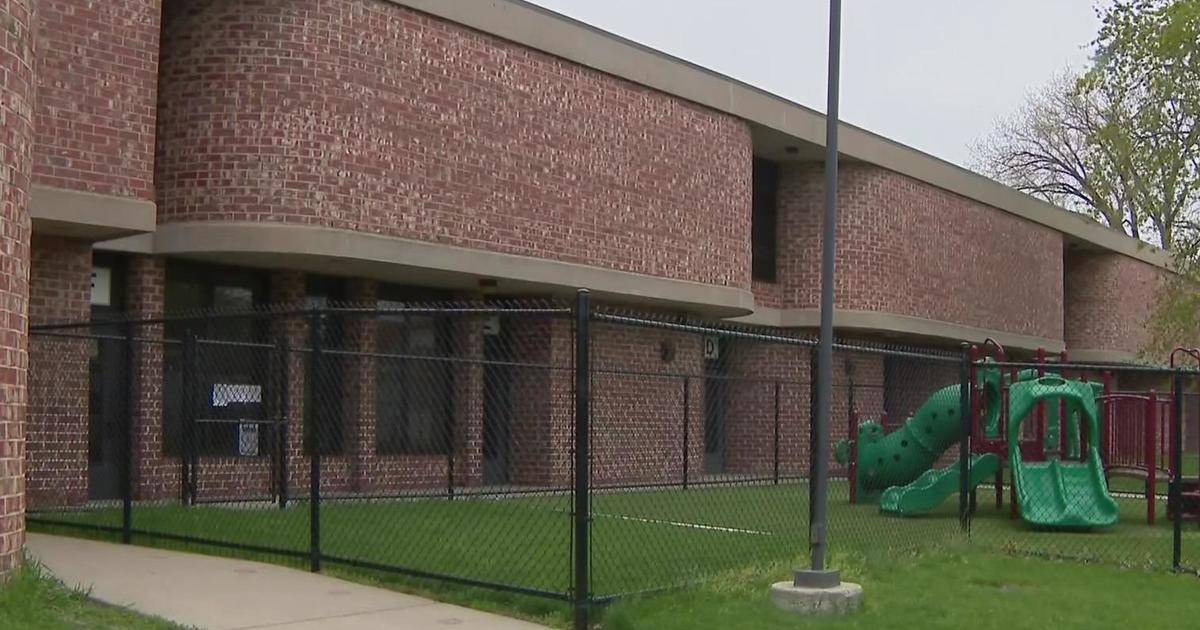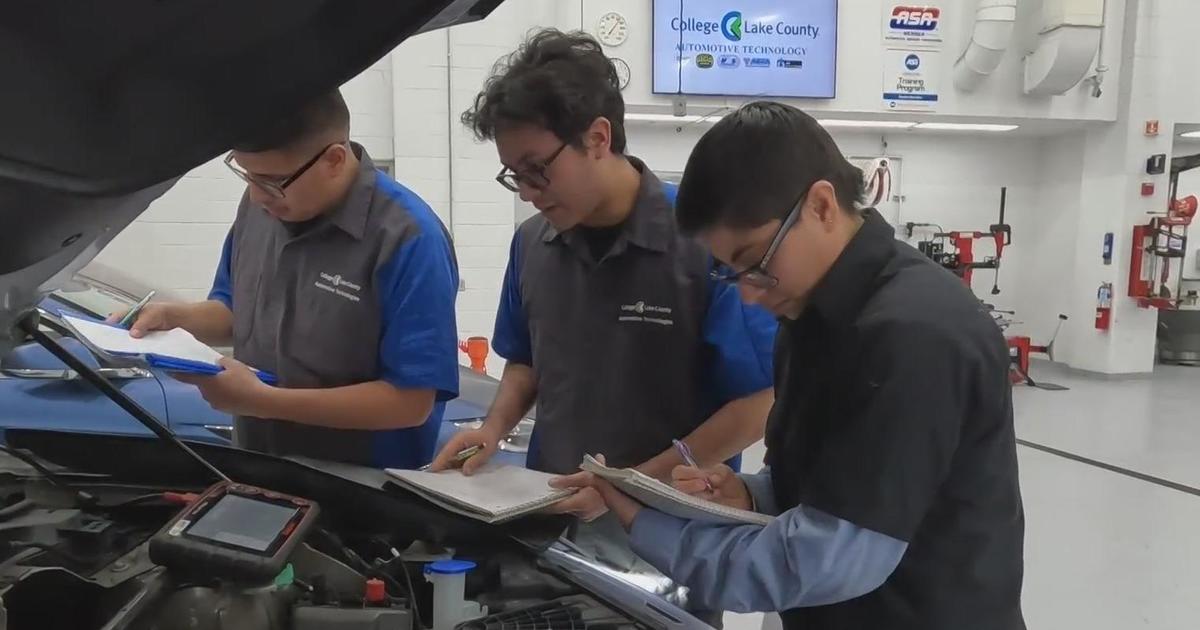Metra: No Health Hazard From Soot
Commuter Rail Agency To Install Better Air Filters On Trains
UPDATED 01/14/11 - 4:14 p.m.
CHICAGO (CBS) -- A series of tests have concluded that fumes from Metra trains do not pose a health hazard to commuters. But the agency said it still plans to install better air filters on its trains.
As CBS 2's Susanna Song reports, the findings of the tests were revealed at a Metra Board meeting Friday.
Metra officials announced that preliminary results by independent consultants show that Metra rail cars do not release dangerous levels of harmful soot.
"It appears that in many cases, we don't exceed the soot that just exists in the air," said Metra acting director Bill Tupper.
But as WBBM Newsradio 780's Bob Roberts reports, the commuter rail agency's officials said Friday that it will change the filters used aboard its fleet of bilevel commuter cars to screen out more of the microscopic carbon soot left by diesel exhaust.
LISTEN: WBBM 780's Bob Roberts Reports
Podcast
Even the highest average levels recorded in the first round of testing – conducted by a task force that includes consultants, Metra personnel and experts from the U.S. and Illinois Environmental Protection Agency – showed nothing approaching established standards, said Metra Chief Mechnical Officer Rich Soukup.
There is no standard established for the microscopic carbon that creates the soot, but a standard is expected to emerge from the testing.
The results showed that levels are highest aboard the car on outbound trains immediately behind the locomotive. With each succeeding car back in the train, the levels of harmful chemicals decreased by approximately half, Soukup said.
The highest levels were recorded on outbound trains on the BNSF line, which connects Chicago Union Station with Aurora. It also is home to many of the oldest bilevel passenger cars on the Metra system, some of which date back to 1953.
Metra commuter Joe Takash told CBS 2's Suzanne Le Mignot that he doesn't notice any difference in the air quality when he's getting on or off the train or when he's on board.
"I think the air quality is pretty good for me," he said.
But fellow commuter Carolyn Atkin said, "You're aware of that air. It's just horrible to breathe. You're very much aware of it."
Soukup said Metra will try to address the problem by installing filters that strain out far finer particles than existing filters.
But Metra officials reemphasize that even those levels were not toxic.
Metra also plans to install on more locomotives technology that will automatically shut down locomotives that idle for more than a few minutes. Metra had already announced plans to switch to a cleaner, low-sulfur type of diesel fuel in early April, which is expected to reduce soot emissions by 8 percent.
Metra Chairman Carole Doris, who rides the BNSF line regularly between Union Station and Downers Grove, said it is obvious to riders that improvements can be made.
"There's a lot of smoke in that tunnel (at Union Station) and it's all enclosed," she said. "Despite our efforts to shut the engines down as soon as we pull in and go to auxiliary power...it's noisy and it's sooty."
The task force tested for nine different chemicals, particulates and the ultrafine carbon that is largely responsible for soot. In no case did the average chemical amounts measured approach EPA safety limits. In most cases, it was less than 10 percent of the limit.
The information released Friday represented only the averages by line; it did not break down the quality of the air at different times aboard trains. The initial Chicago Tribune investigation showed highest concentrations at and shortly after departure outbound, while the pollution on-board dwindled as trains progressed toward outer terminals.
Still, said Doris, "Do you want to take a deep breath? I don't."
Oddly, small amounts even turned up aboard Electric District trains, which do not have locomotives, although diesel- powered Canadian National Ry. freight trains travel on tracks immediately adjacent to its main line connecting Millennium (Randolph St.) terminal with University Park.
The task force testing was done both with the same equipment the Tribune used and other, more sophisticated instruments.
But Tupper told the Metra Board that based on the findings, the rail cars are not emitting harmful pollutants.
"These don't show any kind of level – again I'm not a scientist, so you can only take what I say so far, but… anything that's regulated is, in most cases, significantly below the levels," Tupper said.
A Metra task force is expected to meet sometime this week to talk about the issue further, and they hope to receive hard copies of the study at that time.
One board member did mention that it is important to get the findings double-checked by experts.
Tupper also said in the fall that week that work has been performed or is scheduled on the majority of Metra's locomotive fleet to bring the locomotives up to existing federal standards. But he said no locomotive built today can meet standards projected for 2015.
The on-board testing was only the first of three phases. The second phase, which will begin next week, will focus on platforms at the Ogilvie Transportation Center, LaSalle Street station and Millennium terminal. Similar tests were conducted last summer at Amtrak-owned Chicago Union Station.
In the third phase, engineer locomotive cabs, the cabs of cab cars at the opposite ends of trains and the ambient air in Metra's repair shops will be tested.
Chemicals for which tests were conducted included carbon monoxide, nitric oxide, nitrogen dioxide, sulfur dioxide, formaldehyde, benzaldehyde, benzene, anthracene and phenanthrene.



